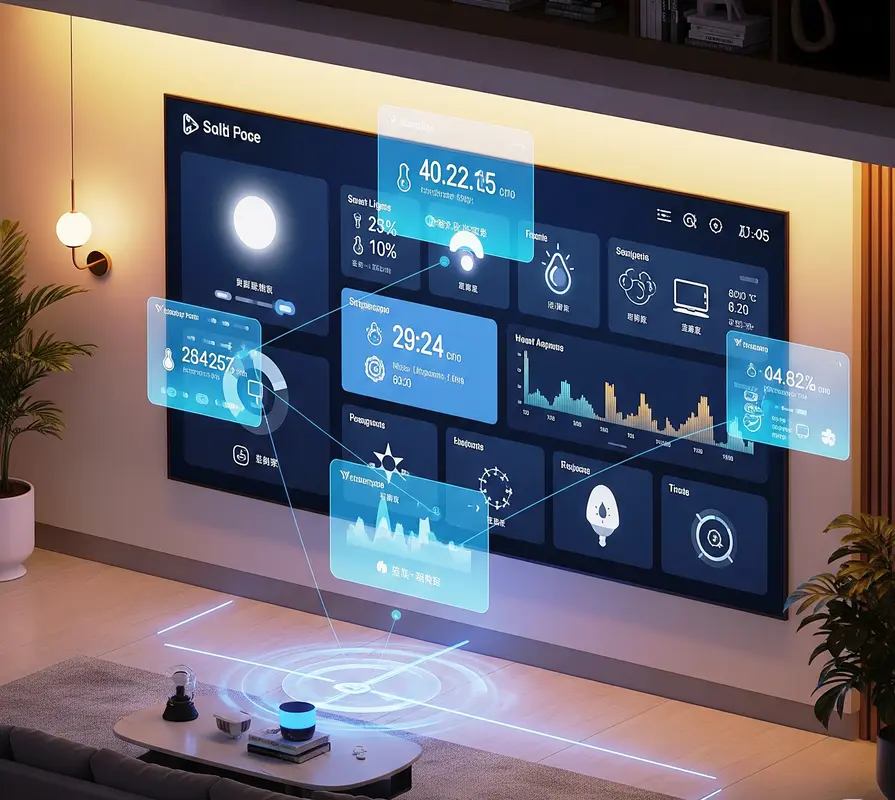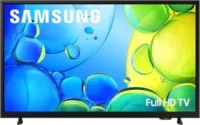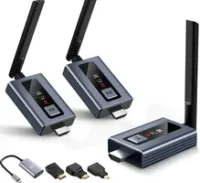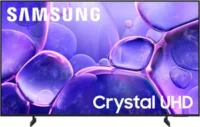Bright Connections: LED Screen Integration with IoT is Revolutionizing for Smarter , Real-Time Displays Everywhere!
Published: 15 Jul 2025
1. Introduction: The Dawn of a New Display Era LED Screen
LED Screen Integration with IoT , Imagine a digital billboard that changes ads based on real -time traffic data, or a factory screen, notifies the flashing security that detects sensor danger. It is not science-fi this is LED Screen Integration with IoT, where “mute” appears, intelligent, reference-insoles become communicators. By merging LED technology with data-driven magic from LED Screen Integration with IoT, we create dynamic visual ecosystems that are reactions, adaptation and attached as always before. In this guide, we will unpack how this synergy works, its real influence and why it should be formed further from retail to smart cities.

2. What is LED Screen Integration with IoT ? Demystifying the Internet of Things
For the Layman:-
IoT (Internet of Things) connects everyday objects to the internet, letting them talk to each other. Think of your smart thermostat adjusting itself based on weather data,or a fitness tracker syncing steps to your phone.
Core Mechanics Simplified:-
• Sensors: Devices collect data (e.g, temperature, motion).
• Connectivity: Data travels via Wi-Fi Bluetooth, or cellular networks.
• Cloud Processing: Servers analyze data and decide actions.
• User Interface: Results appear on apps or screens.
💡 Real-World Example:-
Smart farming 🌾 uses soil sensors to notify LED displays in greenhouses:- “Water levels low in Section B!”
3. LED Screens 101: From Pixels to Powerhouses
Evolution & Basics
• 1960s: First red LEDs invented.
• 2000s: HD LED screens dominate stadiums and Times Square.
• Today: Ultra-thin, flexible ,and 8K-resolution panels.
How LEDs Work:
Tiny LEDs (Light Emitting Diodes) form pixels. When powered, they emit light-no backlight needed!
| Type | Use Case |
| Indoor Panels | Malls, control rooms |
| Outdoor Displays | Billboards, stadiums |
| Transparent LEDs | Store windows |
4. Why LED Screen Integration with IoT ? The Game-Changing Synergy
The Power Duo:
• Dynamic Content:- IoT feeds live data (weather, stocks, social media) to screens.
• Energy Efficiency:- Sensors adjust brightness based on ambient light ☀️→🌙.
• Remote Management.:- Update 1,000+ screens globally from one dashboard.
Real-World Impact:
• Retail: A store window shows raincoats ⛈️ when IoT weather apps detect storms.
• Transportation: Bus stop displays show arrival times 🚌 via GPS trackers.
5. IoT Enabled Displays:- Architecture & Core Components
Building Blocks:-
1. Sensors:- Cameras, thermal scanners, motion detectors.
2. Controllers:- Raspberry Pi/Arduino devices processing data.
3. Connectivity: MQTT/CoAP protocols for low-latency data transfer.
4. Cloud Platform:- AWS IoT or Azure Hub for analytics.
5. Content Management System (CMS):- Tools like Screenly or Yodeck.
🔧 Actionable Insight:-
Start small! Use a $20 motion sensor to trigger promo videos on your cafe’s LED menu board.
6. Real-Time Data Integration: Making Displays “Alive”
How Data Flows:
Sensor → IoT Gateway → Cloud → Analytics Engine → LED Screen
Protocols Powering Real-Time Magic:
- MQTT: Lightweight messaging for instant updates.
- WebSockets: Enables two-way communication (e.g., touchscreen interactions).
🏙️ Smart City Case Study:
Copenhagen’s bus shelters use IoT traffic data to display:
- Bus delays ⏱️
- Bike-sharing availability 🚲
- Air quality indexes 🌫️
7. Smart Display Solutions: Industry Transformations
Retail:
- Nike’s Interactive Store: LED walls show shoe customization options based on customer gestures.
Healthcare:
- Hospital ERs: Screens display patient wait times ⏳ updated via LED Screen Integration with IoT triage systems.
Manufacturing:
- Toyota’s Smart Factory: Floor LEDs flash red 🔴 if sensors detect assembly line errors.
Smart Cities:
- Singapore’s Parking Guidance: Street LEDs direct drivers to empty spots via ultrasonic sensors.
📊 ROI Fact:
McDonald’s saw a 8% sales boost after installing IoT menu boards suggesting meals based on time/weather.
8. Challenges & Solutions
| Challenge | Solution |
| Data Security | End-to-end encryption (e.g., TLS) |
| High Costs | Modular LED systems + open-source IoT tools |
| Compatibility | APIs like RESTful services |
| ⚠️ Pro Tip:- LED Screen Integration with IoT |
|---|
|
9. Future Trends: AI, 5G, and Beyond
- AI plus IoT: Displays show personalized ads using facial recognition (e.g. targeting age/gender).
- 5G: Enables lagfree 4K video streaming to mobile connected LED billboards.
- Edge Computing: Process data locally (e.g. in the display controller) for millisecond responses.
Prediction:
By 2030, 75% of public displays will be IoT integrated (“Gartner”).
FAQs about LED Screen Integration with IoT
Internet of Things – a network of connected devices sharing data.
IoT provides objects (eg thermostats, cars, showing “through the Internet without human input.
They are the same! “IoT” is a brevity for “Internet of Things”.
IoT sensors monitor traffic, pollution and energy use, leding of LEDs for Public Information (eg air quality warning).
Built -in systems (microcontroller in devices) are “brain” that enables IoT connections -for example, Chip in LED screen treatment sensation data.

- Be Respectful
- Stay Relevant
- Stay Positive
- True Feedback
- Encourage Discussion
- Avoid Spamming
- No Fake News
- Don't Copy-Paste
- No Personal Attacks



- Be Respectful
- Stay Relevant
- Stay Positive
- True Feedback
- Encourage Discussion
- Avoid Spamming
- No Fake News
- Don't Copy-Paste
- No Personal Attacks





